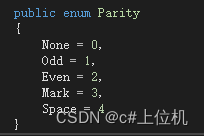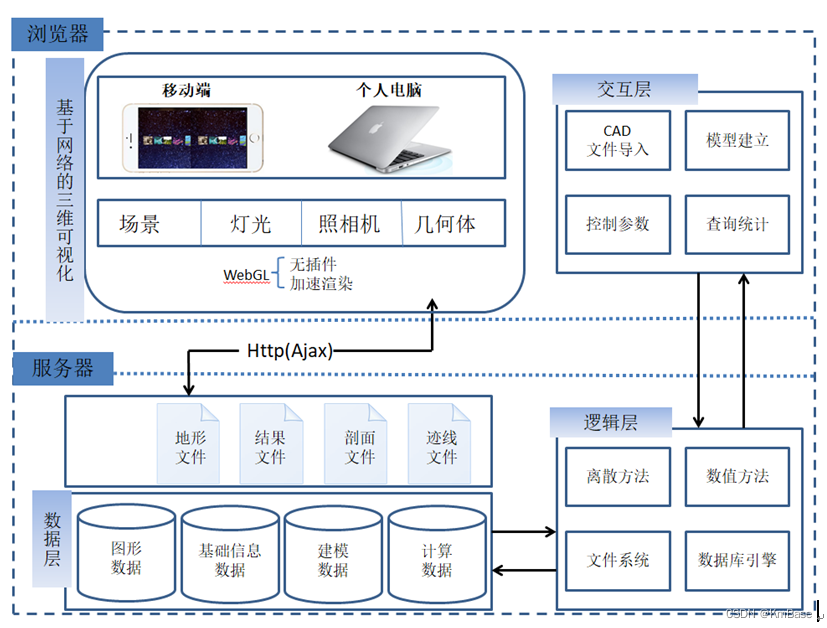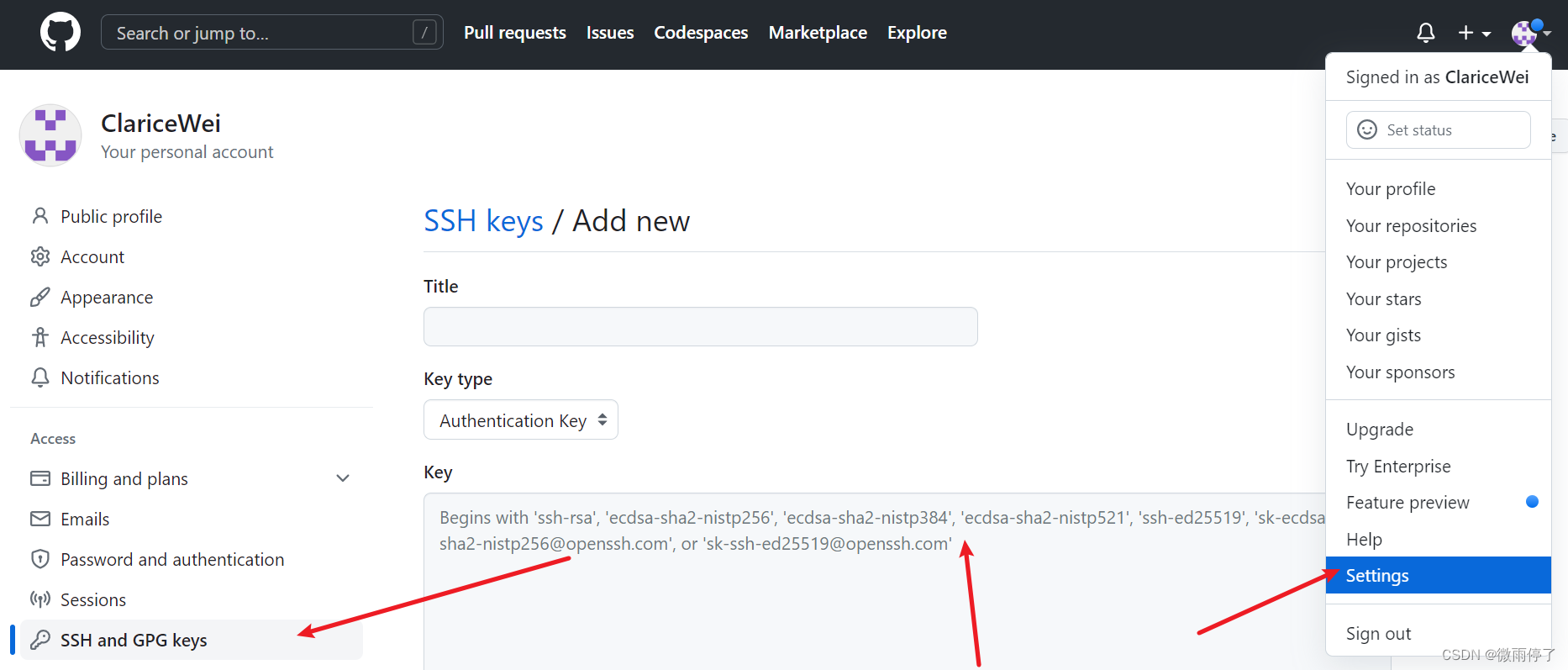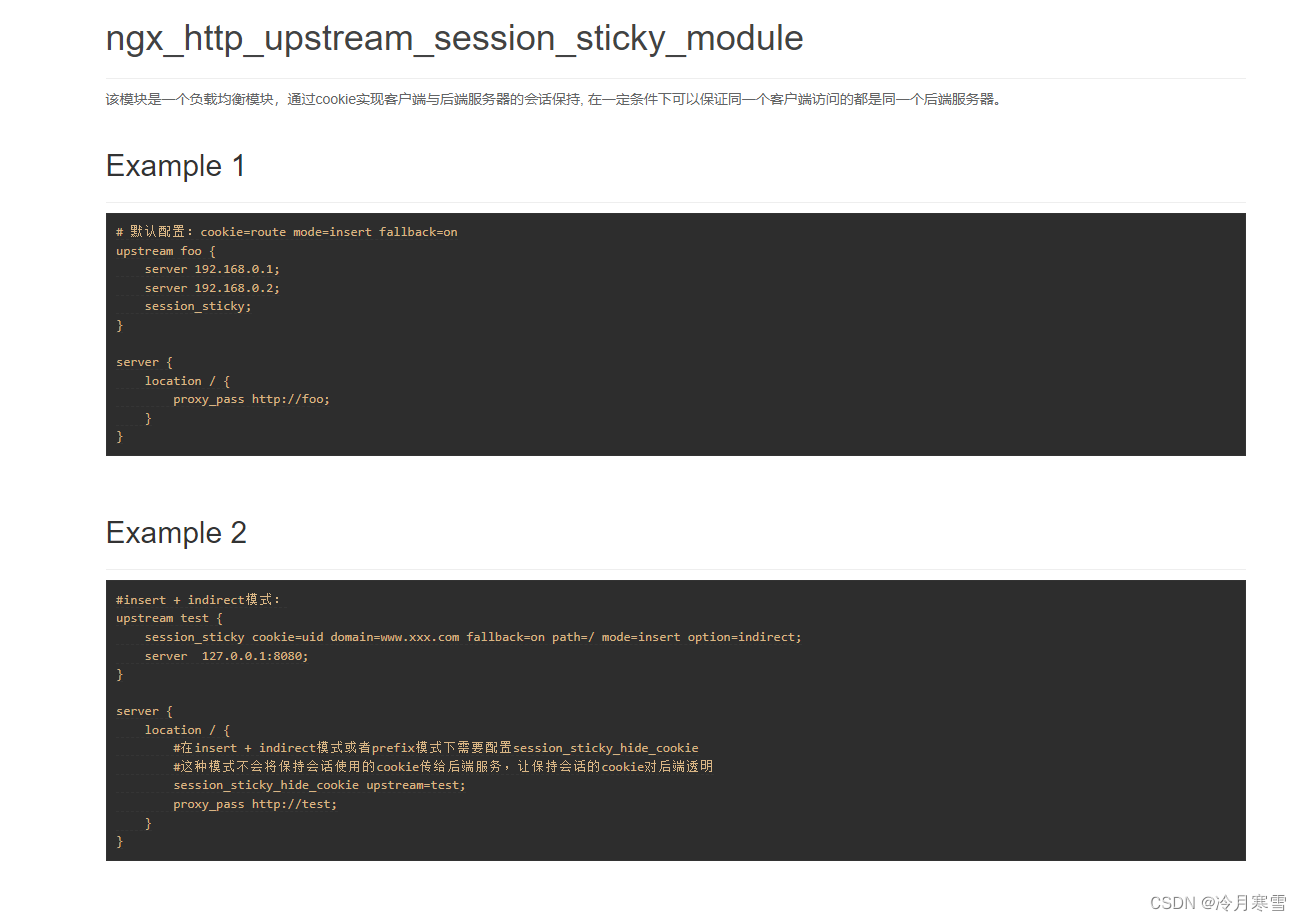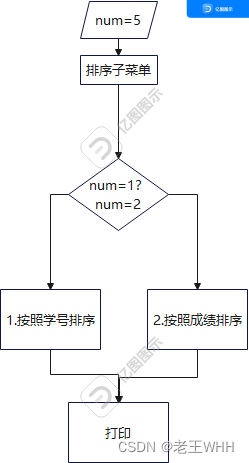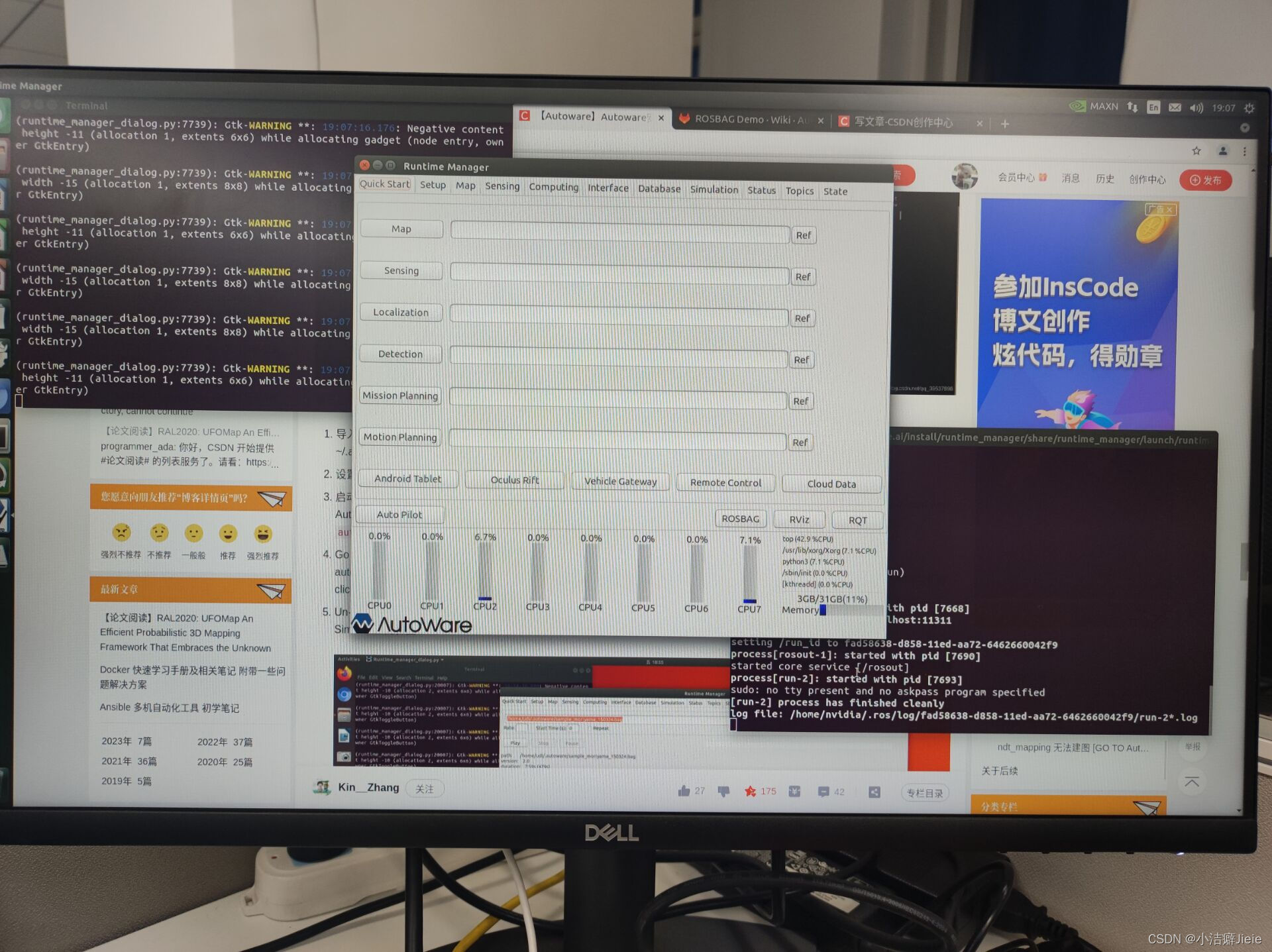前言:
在日常工作中常用到多线程,如果使用多线程处理那么就要考虑同步问题,一般我们会考虑使用加锁来解决。但是还有一些场景,如下:
场景:小升初考试,考生做题,监考老师要等待所有考生交试卷后才可以离开,那么把考生比作多个线程,老师比作主线程。
使用join来实现上述场景:
public void testThread() throws InterruptedException {
ConcurrentSkipListSet concurrentSkipListSet = new ConcurrentSkipListSet();
for (int i=0; i< 10; i++) {
final int t = i;
Thread thread = new Thread(new Runnable() {
@Override
public void run() {
String name = Thread.currentThread().getName();
System.out.println(name);
ThreadUtils.doSleep(1000L * t);
concurrentSkipListSet.add("cz" + t + "--" + name);
}
});
thread.start();
thread.join();
}
System.out.println(concurrentSkipListSet.size());
for (Object s : concurrentSkipListSet) {
System.out.println(s.toString());
}
}
耗时情况:
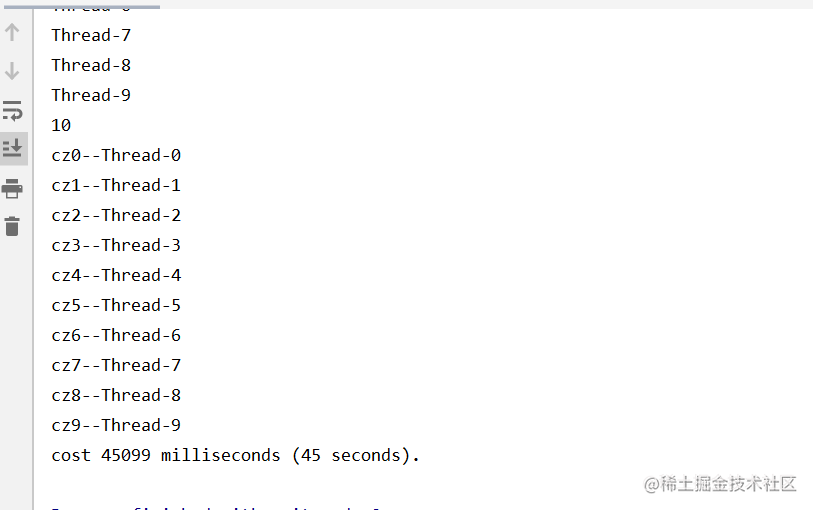
join的意思让当前线程陷入等待,主线程启动了thread1后陷入等待,然后等待thread1执行完毕继续启动thread2,然后等待thread2执行完毕继续启动下一个,其实使用了join之后多线程已经成为了串行执行了。
使用CountDownLatch来实现上述场景
public static void testCountDownLatch() throws InterruptedException {
TimeLag lag = new TimeLag();
CountDownLatch countDownLatch = new CountDownLatch(10);
ConcurrentSkipListSet concurrentSkipListSet = new ConcurrentSkipListSet();
for (int i=0; i< 10; i++) {
final int t = i;
Thread thread = new Thread(new Runnable() {
@Override
public void run() {
String name = Thread.currentThread().getName();
System.out.println(name);
ThreadUtils.doSleep(1000L * t);
concurrentSkipListSet.add("cz" + t + "--" + name);
}
});
thread.start();
}
countDownLatch.await();
System.out.println(concurrentSkipListSet.size());
for (Object s : concurrentSkipListSet) {
System.out.println(s.toString());
}
System.out.println(lag.cost());
}
执行效果如下:
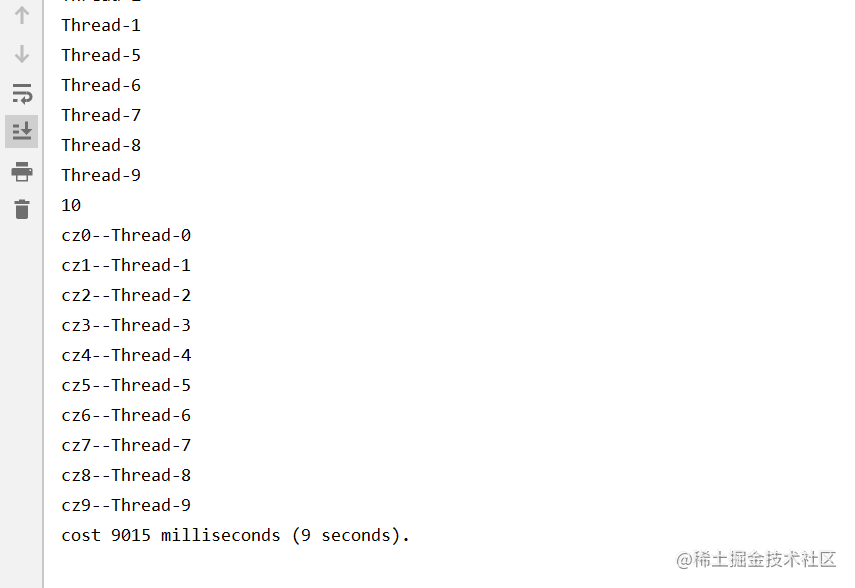
这次很明显是多线程并行执行的。效率上远远高于使用join,而且也达到了想要的效果。
下面来看下CountDownLatch是什么原理。

通过api文档可以了解基础用法,要洞悉原理还需要仔细阅读源码和相关文档。
源码中有一个重要的概念就是AQS(AbstractQueuedLongSynchronizer)AQS是java中一个同步器的实现方案,java中除去synchronized关键字之外,其他锁的实现基本上都是基于AQS。
AQS实现原理可以简单的理解为是:
程序实现了一链表,该链表对所有线程可见(使用volatile修饰),线程去竞争锁,竞争到了修改锁状态,竞争失败的要依次排队,最终形成链表。加锁时往链表尾部添加节点,解锁时将头节点删除。这样就形成了一个加锁解锁机制。AQS还提供了共享锁和独占锁的实现
CountDownLatch就是基于AQS来实现的。内部维护一个Sync内部类来继承AQS实现了共享锁的加锁解锁。
AQS
AQS中调用了一个重要的类Unsafe,该类中的方法是一些native修饰的方法,大家都知道用native修饰的方法是调用底层c++实现的,可以和底层硬件交互,Unsafe提供了一个系类重要的方法就是compareAndSwapXXX(XXX包括Object,Int,Long),这个方法可以保证多个线程修改同一个值而不出现并发问题。AQS通过调用Unsafe中的compareAndSwapxxx方法保证了锁的状态不被篡改。
下面模仿AQS原理实现一个自己的锁:
package com.cz.lock;
import pers.cz.utils.LogUtils;
import sun.misc.Unsafe;
import java.lang.reflect.Field;
import java.util.Queue;
import java.util.concurrent.ConcurrentLinkedQueue;
import java.util.concurrent.locks.AbstractQueuedSynchronizer;
import java.util.concurrent.locks.LockSupport;
import java.util.stream.Collectors;
/**
* @program: Reids
* @description:
* @author: Cheng Zhi
* @create: 2023-02-22 11:06
**/
public class JefSimpleLock {
private static JefLogLevel logLevel = JefLogLevel.ERROR;
private static boolean useUnsafe = true;
/**
* 内部类通过反射获取Unsafe
*/
public static class JefUnsafe {
public static Unsafe getJefUnsage() {
try {
Field field = Unsafe.class.getDeclaredField("theUnsafe");
field.setAccessible(true);
return (Unsafe) field.get(null);
} catch (Exception e) {
LogUtils.error(e.getMessage(), e);
}
return null;
}
}
/**
* 使用Unsafe来实现CAS,因为普通类Unsafe使用时必须使用主类加载器加载,否则会抛出异常java.lang.SecurityException: Unsafe
* 所以private static final Unsafe unsafe = Unsafe.getUnsafe();这种写法是不对的,要通过反射获取
*/
private static final Unsafe unsafe = JefUnsafe.getJefUnsage();
/**
* 维护一个队列用来存储需要等待的线程
*/
private static Queue<Thread> threadQueue = new ConcurrentLinkedQueue<Thread>();
/**
* 记录当前持有锁并且在运行的线程
*/
private static Thread currentRunThread;
/**
* 定义一个变量做为锁的标识, state: 0表示当前锁未被持有,1表示当前锁已被持有
*/
private static int state = 0;
private static final long stateOffset;
static {
try {
stateOffset = unsafe.objectFieldOffset // 获取非静态属性Field在对象实例中的偏移量,读写对象的非静态属性时会用到这个偏移量(对象中的地址)
(AbstractQueuedSynchronizer.class.getDeclaredField("state"));
} catch (NoSuchFieldException e) {
throw new Error(e);
}
}
/**
* 尝试获取锁,如果队列中存在线程,说明现在有线程在等待锁,
* @return
*/
private boolean tryGetLock() {
int lockState = state;
if (threadQueue.size() > 0) {
if (logLevel.equals(JefLogLevel.DEBUG)) {
LogUtils.debug("当前等待线程:" + threadQueue.stream().map(p -> p.getName()).collect(Collectors.toList()));
}
// 如果当前线程和队列中的队头线程
Thread thread = Thread.currentThread();
if (lockState == 0 && thread == threadQueue.peek()) {
// 如果当前锁不被人持有,并且当前线程是队头,那么这个线程可以运行,
if (useUnsafe) {
compareAndSwap(0, 1) ;
} else {
state = 1;
}
// 如果获取到锁,则记录该线程
currentRunThread = thread;
if (logLevel.equals(JefLogLevel.DEBUG)) {
LogUtils.debug("获取锁成功:" + currentRunThread.getName());
}
return true;
}
}
return false;
}
/**
* 加锁,这里加锁的原理就是为了让其他线程等待,只有一个线程运行
*/
public void lock() {
// 如果获取到锁,则直接运行。
if (tryGetLock()) {
return;
}
Thread thread = Thread.currentThread();
if (logLevel.equals(JefLogLevel.DEBUG)) {
LogUtils.debug(thread.getName() + "当前线程状态为:" + thread.getState());
}
// 如果没有获取到锁,则把这个线程放到队列里去排队里去,然后循环等待
threadQueue.add(thread);
while(true) {
if (tryGetLock()) {
threadQueue.poll();
return;
}
// 如果获取不到锁则阻塞,等待循环去获取锁。
LockSupport.park(thread);
}
}
/**
* 解锁
*/
public void unlock() {
Thread currentThread = Thread.currentThread();
if (currentThread == currentRunThread) {
// 如果当前线程为持有锁的线程,则释放锁,修改状态
if (useUnsafe) {
compareAndSwap(1, 0) ;
} else {
state = 0;
}
currentRunThread = null;
Thread peek = threadQueue.peek();
if (peek != null) {
// 唤醒队头线程让它去争抢锁
LockSupport.unpark(peek);
}
}
}
/**
* 使用CAS来做状态变更,保证state值不被篡改
* @param current
* @param update
*/
private void compareAndSwap(int current, int update) {
// 四个参数:
unsafe.compareAndSwapInt(this, stateOffset, current, update);
}
/**
* 设置日志级别
* @param logLevel
*/
public void setLogLevel(JefLogLevel logLevel) {
this.logLevel = logLevel;
}
/**
* 设置是否使用CAS机制
* @param isUseUnsafe
*/
public void isUseUnsafe(boolean isUseUnsafe) {
useUnsafe = isUseUnsafe;
}
}
enum JefLogLevel {
DEBUG,
INFO,
WARE,
ERROR;
}
实现思路:
锁对象内部维护一个队列并且维护一个锁标识。
加锁:如果获取锁成功则修改标识为1,如果获取失败则将线程添加到队列中,然后循环去获取锁(这里用到了一个LockSupport类,该类提供了阻塞线程的功能)。
解锁:解锁时,如果判断当前持有锁的线程和要解锁的线程是同一个,则将锁标识修改为0,然后将队列的第一个线程唤醒。
开启掘金成长之旅!这是我参与「掘金日新计划 · 2 月更文挑战」的第19天,点击查看活动详情

